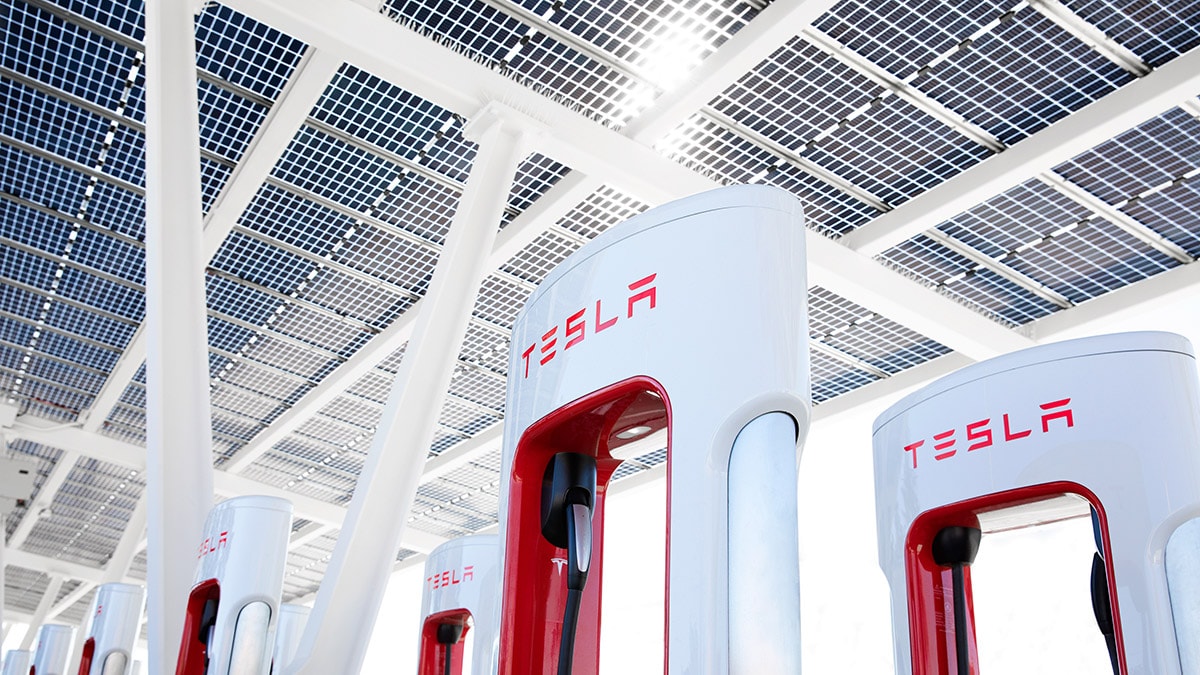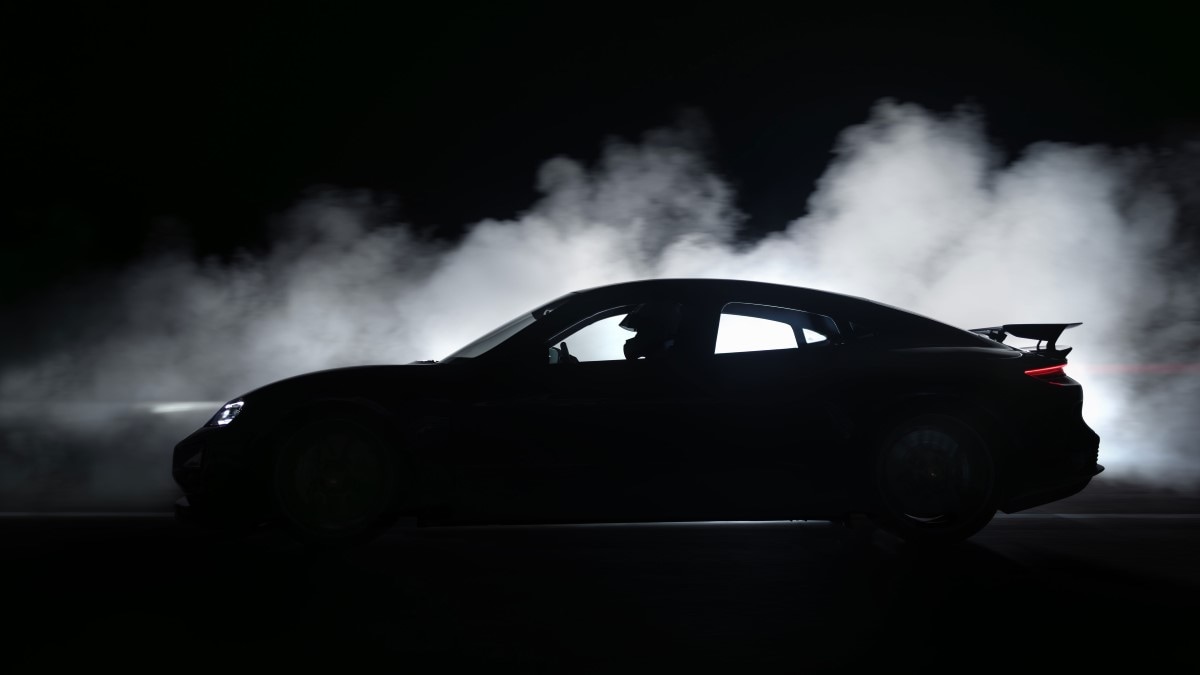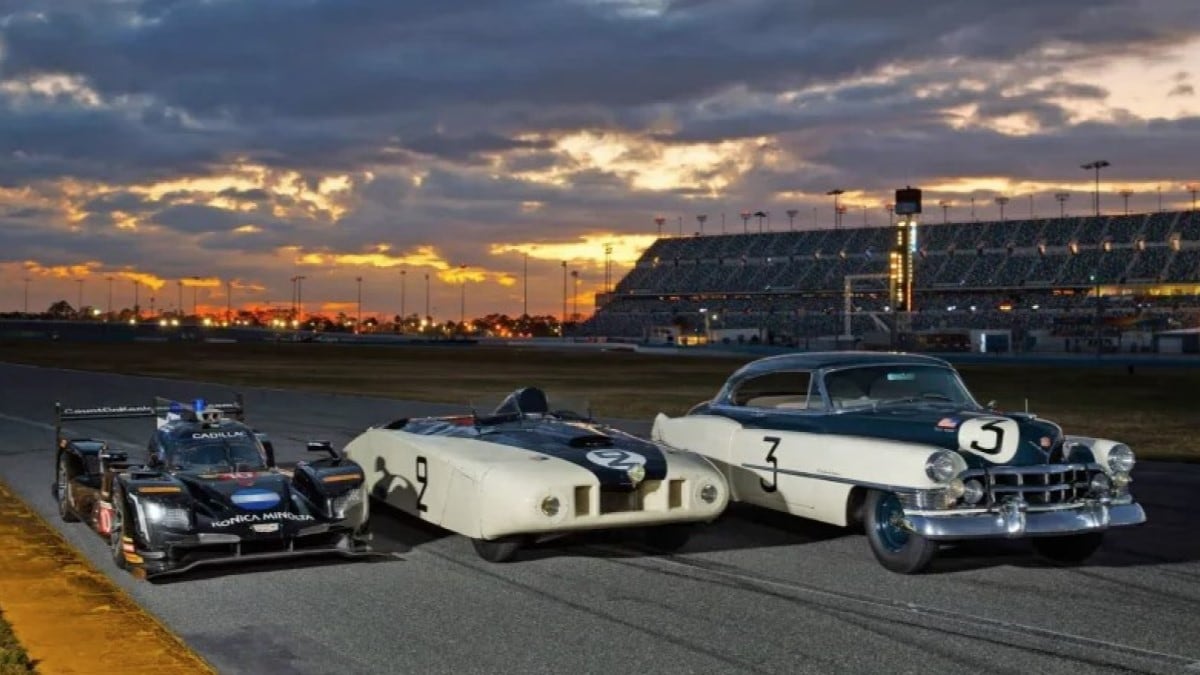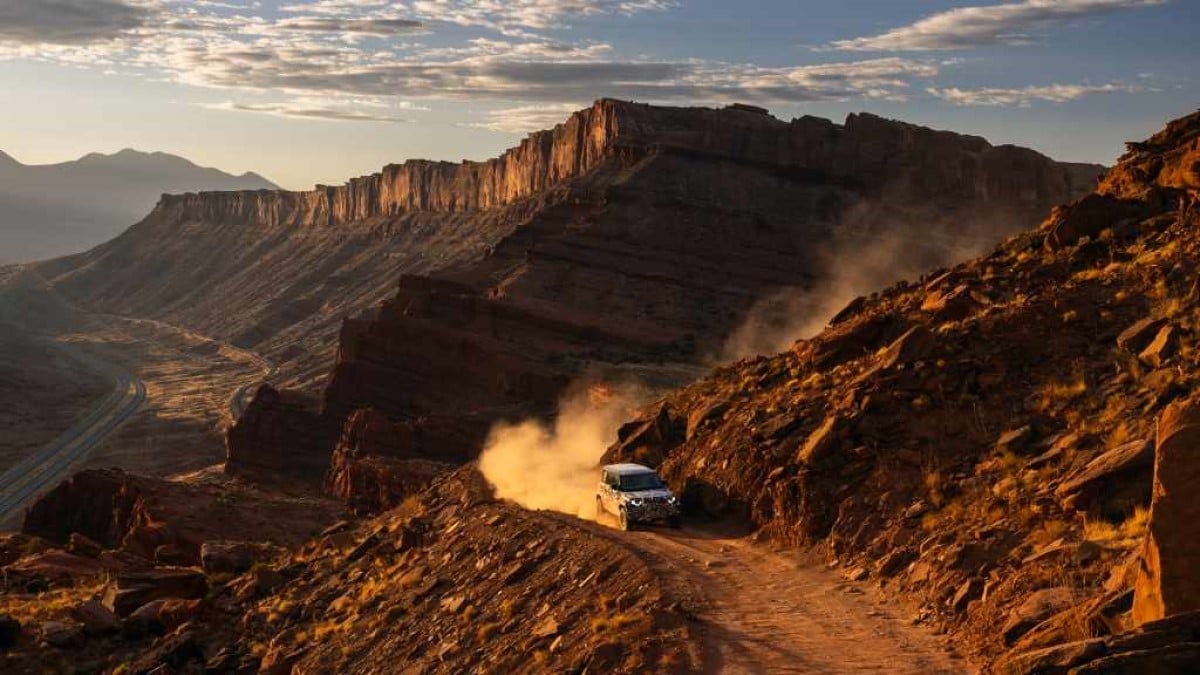A little over a week ago, Tesla blindsided the auto industry with a sudden move to lay off the team building its nationwide charging network.
With some time to adjust to the news, the electric vehicle industry and the press that studies it have come to…well, no firm conclusions about the move’s impact.
We’ll try to make as much sense of the state of the charging industry as we can.
Charging Networks Are a Little Like Gas Stations. But Only a Little.
Charging networks are like gas stations in that no one owns them all. Tesla operates America’s largest public charging network. It calls its chargers Superchargers, though that’s just marketing. They’re no faster than anyone else’s. Studies have found them more reliably in working order, though no one can be sure how long that will remain true without a large team to service them.
But Tesla is just one of more than a dozen companies building public chargers, just like Shell operates more gas stations than any other company in the U.S., but far from all of them.
Charging networks are not like gas stations in that nearly no one has a gas pump at home, but most electric vehicle (EV) owners do most of their charging at home. One recent government study concluded that when America has a mature nationwide charging infrastructure that supports tens of millions of EVs, only about 4% of it will consist of public charging stations.
Whether it stagnates or continues to grow will affect the country’s slow move toward electric transportation. But not as much as a shortage of gas stations would affect your ability to refill your gas tank.
Tesla Recently Gave Up Its Biggest Charging Advantage
Until recently, there was one crucial difference between America’s gas station infrastructure and its charging networks. Every gas-powered car could refill at every gas station. But not every EV could plug into every charger.
Tesla vehicles use the company’s own proprietary charging plug. Other EVs used one of two different plugs.
Tesla operated its Supercharger network as a walled garden, available only to Tesla owners.
That gave Tesla a powerful advantage in EV sales. Shoppers might find they preferred a competitor’s EV but still conclude that buying a Tesla made more sense because it gave them access to more public charging stations no other car could use.
But in late 2022, Tesla offered its plug to every other automaker for free. At first, no one took the offer, likely because it didn’t include access to the Supercharger network.
But, last March, Ford negotiated to knock down the garden wall. One by one, virtually every automaker agreed to switch to the Tesla plug, and Tesla agreed to open Superchargers to owners of their cars.
That transition will take time. Most automakers currently offer buyers adapters and will build EVs with the Tesla plug next year. But, since moving to a single infrastructure benefits everyone and Tesla granted access to the technology for free, competing automakers and competing charging networks will likely continue the move no matter what Tesla does.
Others Can Pick Up Slack
With the industry converging on one charging solution, most public charger stations will soon be interchangeable. Whether EV drivers stop at a Tesla Supercharger or a charger from Electrify America, EVGo, ChargePoint, or some other network will matter as little as whether a gas-powered car driver refills at Shell, Exxon, Buc-ee’s, or Wawa.
“Though Tesla accounts for more than half of the fast E.V. chargers currently installed in the United States, and though it has continued to build them faster and cheaper than anyone else, the E.V. charging market may no longer need Tesla to lead it,” says The New York Times.
Whether Tesla’s Supercharger network stagnates or grows, other companies will continue developing their charger networks.
Some have already moved to pick up Tesla’s slack.
Automotive News reports, “BP’s electric vehicle charging arm is eager to snap up Tesla Inc. Supercharging sites across the U.S. — along with the workers behind them — and has pledged $1 billion to expand its network.”
Rival EnviroSpark, fueled by a recent $50 million investment from a venture capital firm, has launched a website just for former Tesla Supercharger employees looking for work. CEO Aaron Luque told InsideEVs that Musk’s decision to lay off the Supercharger team is “the single greatest talent acquisition opportunity since I founded EnviroSpark.”
Even Tesla Seems Confused About What It’s Doing
Adding to the confusion, Tesla hasn’t been clear about its plans. CEO Elon Musk took to X (formerly Twitter), the social media platform he owns, to add to the confusion this morning.
Musk promised to spend half a billion dollars on growth of the Supercharger network this year just a week after saying growth of the network would slow.
In early trading today, Musk’s tweet appeared to help Tesla’s stock recover some of the value it has lost recently. But its meaning is far from clear.
Bloomberg notes that Musk “hasn’t offered specifics on how the charging business will operate after he dismissed its senior director and virtually everyone working under her.” The company hasn’t shared information on how much it spent expanding the network in the past. So, Bloomberg says, “It’s unclear how the more than $500 million expense Musk referred to compares to past investment.”
Federal Program May Slow
Tesla’s decision may speed up rivals’ expansion plans. But it could slow one force driving infrastructure growth.
Last year, the Biden administration announced a plan to dole out $5 billion to build 500,000 EV chargers over five years. The National Electric Vehicle Infrastructure (NEVI) program gives money to states, which then give it to charger networks looking to grow.
Tesla, Reuters notes, is “the biggest winner so far of those federal funds.”
If the company halts growth of its charger network, states will have to re-award that money to other companies. “It’s going to delay NEVI rollout. There’s no question about it,” Aatish Patel to Reuters. Patel helped found XCharge North America, which builds chargers.
But the NEVI program has contributed little to infrastructure so far. AutoWeek explains, “More than two years after the program was signed into law in late 2021, only eight chargers have been put in place.”





